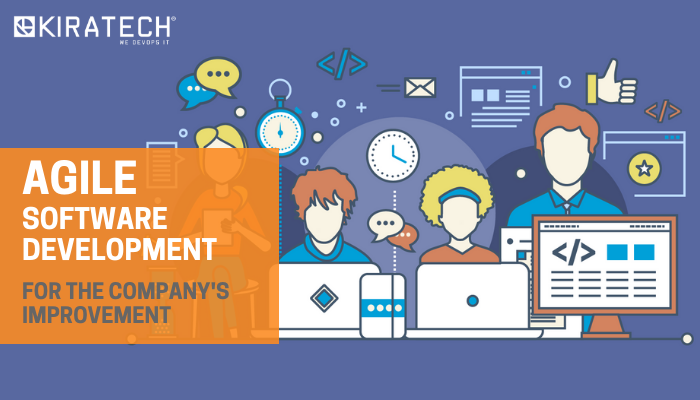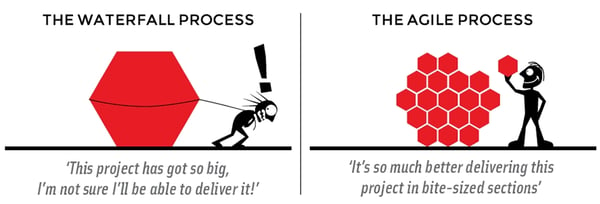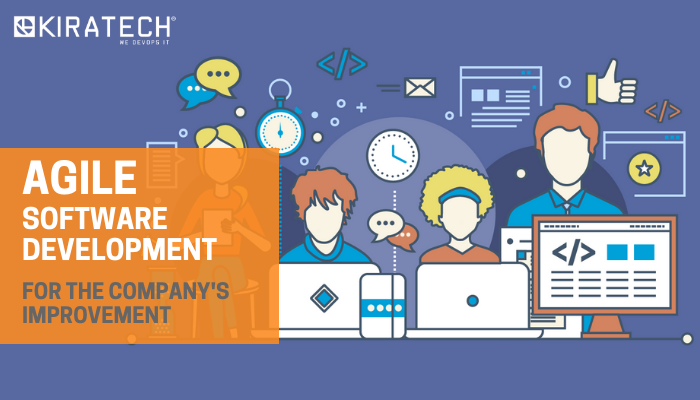
Agile is not only a fashion, but a real group of complex principles taking companies to a faster software development with less costs and more quality, where the aim is the project management improvement, as in the IT field as more in general.
Its importance is increasing both for private and public companies that cannot avoid the Digital Transformation: according to Forrester, in the last 10 years the Agile method passed from a way of thinking only, to the most famous and used methodology by companies.
Why did the Agile Methodology come?
The traditional software development method is the waterfall one, it means the software is created in a sequential way, one phase after another: requirements analysis, build, developing and test.
One of the main problems taken by this approach is that the requests cannot be modified during the software design phase, making it too much rigid and less adjustable to customers’ changing requests. Thanks to a Standish Group research, only the 16% of software reported a positive result and the reason is the waterfall traditional methodology.
What is Agile?
Agile is the answer to the problems explained above, with its characteristics of simplicity and velocity, it ensures a very fast and continuous software delivery without prejudging its quality to better satisfy the customer’s needs.

Agile Methodology: 10 advantages
- Velocity and continuity. Each software is developed in units called iterations, that last two weeks adding a little functionality to the previews iteration.
- Buyer involvement. In the Agile methodology the face to face communication is very important, so every iteration must be tested and approved by the customer in order to reduce risks and ensure the greatest satisfaction.
- Defined timetable. The development phase is divided into iterations with fixed timeline and small objectives in order to work in a more focused and fast way, with a clear deadline.
- Focus on objectives. The priorities given to the software functionalities can change from one iteration to another, to choose the most important step by step.
- Adaptability. The Agile methodology is famous for its flexibility and adaptability to objective change in every iteration, to better satisfy the customers’ needs.
- Empowerment of teams. All the people involved in the project delivery process have an active role, they join meetings with customers, talking with them improving their responsibility in taking decisions. According to Agile methodology, they have to deliver lots of small projects, so they have to demonstrate discipline and teamwork skills.
- Speed of development. The development is divided into single activities that can be completed quickly, to reduce the feedback time.
- Frequent release. As the iteration are short-lived, all the software versions can be quickly and frequently released (depending on the team’s needs and on the framework used).
- Automatic test. It is applied to the code, data, models and documents. In the event of it not being possible to make an automatic test, there is the possibility to proceed with a manual check made by skilled persons.
- Simplicity. All the Agile methodologies need a simple development open to change, according to the customer’s requests.
These are only few problems that you can solve using the Agile methodology, but in addition, to put it in practice, you have to study and attend quality trainings, to achieve permanent results. Alternatively, there are some companies that realize specific Agile work methods for customers with different needs.
Nowadays most of companies are using the Agile methodology and many more are going to implement it as new development method to face the Digital Transformation process.
The Agile methodology evolution is DevOps. If you want to learn more, download our FREE GUIDE








